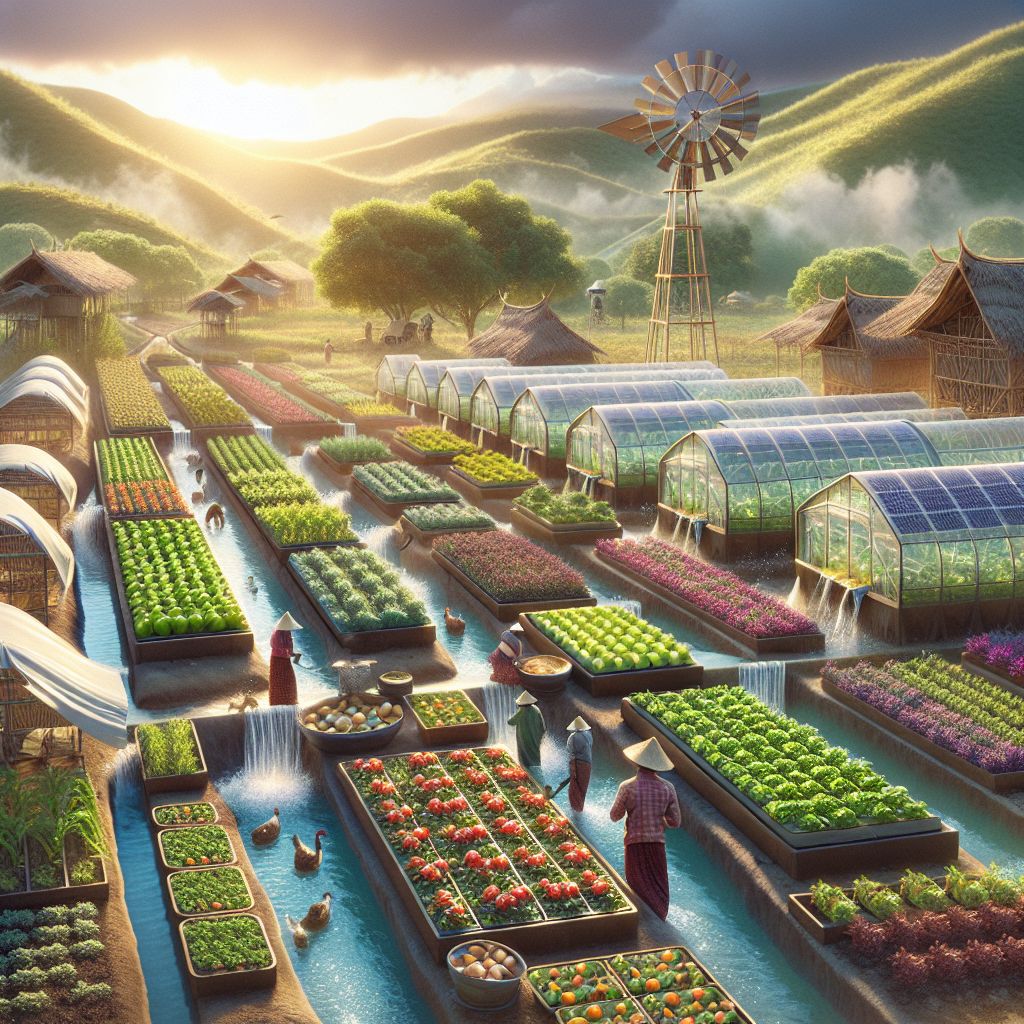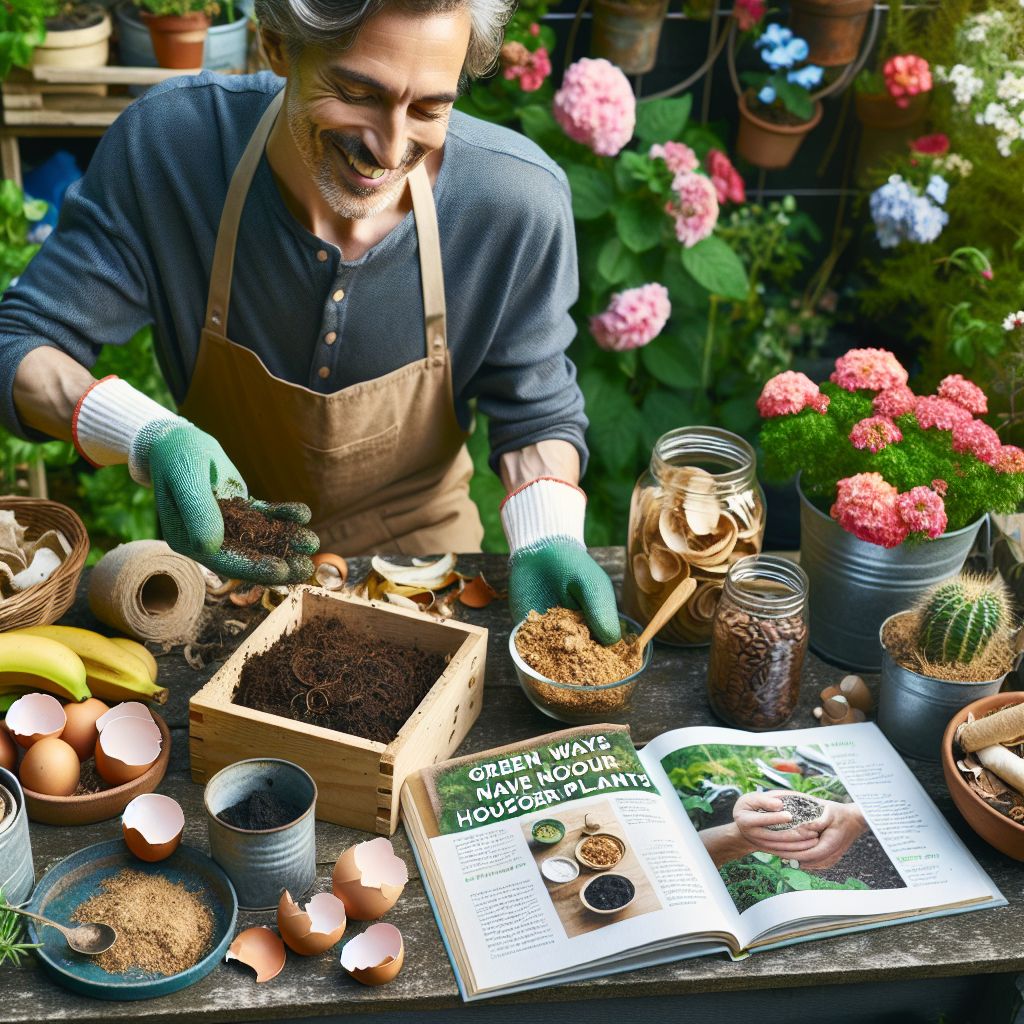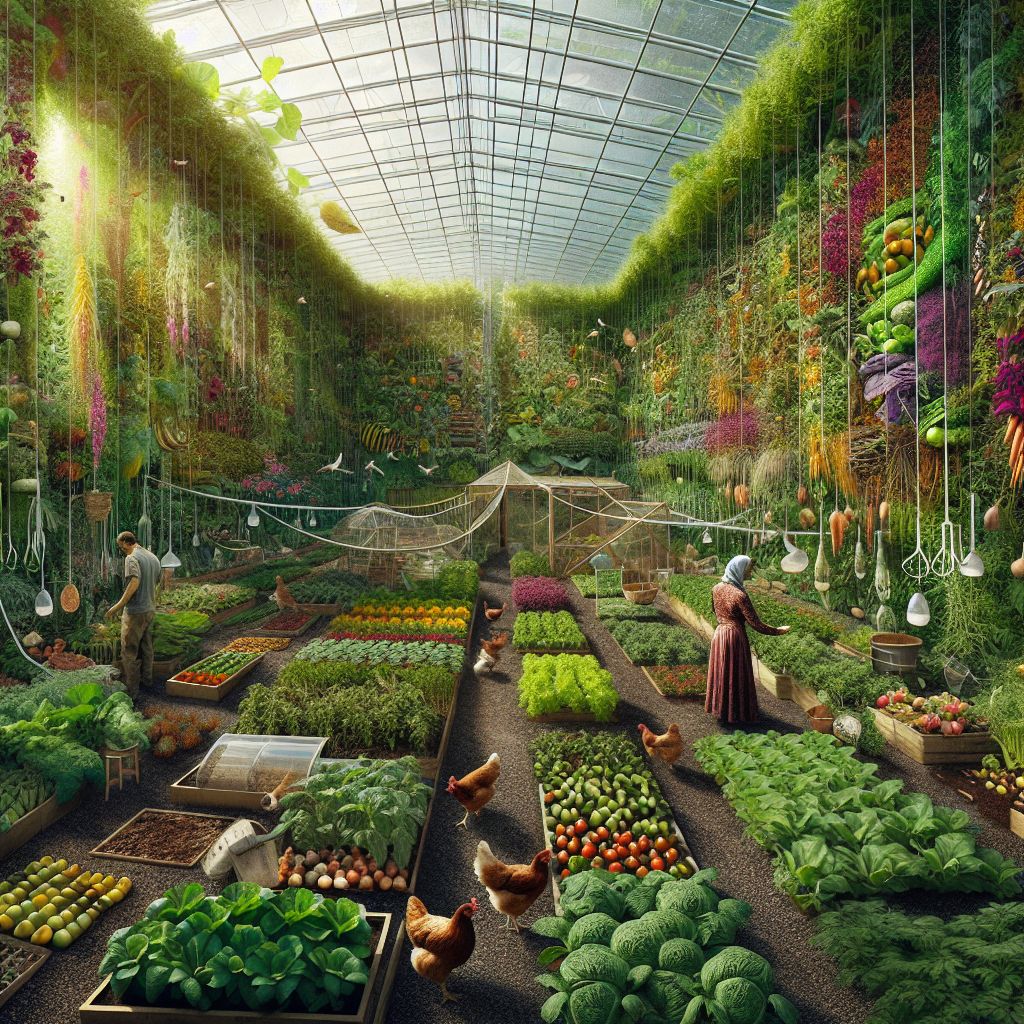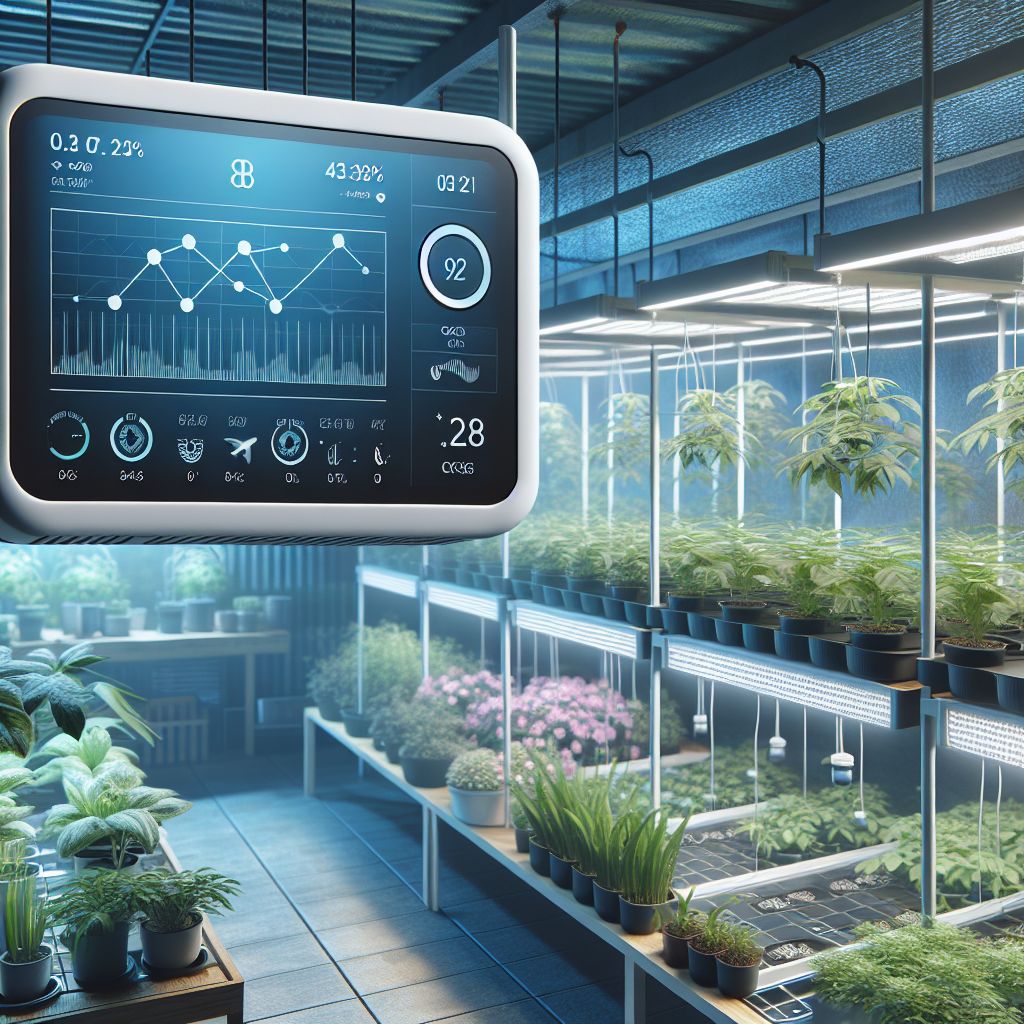Article-at-a-Glance
- Machine learning and deep learning are transforming agriculture with precise crop yield prediction.
- Accurate data collection and preprocessing are critical for effective predictive models.
- Different machine learning algorithms offer various benefits for forecasting crop yields.
- Neural networks can analyze complex data, including images and time-series, to inform farming decisions.
- Emerging trends in AI and robotics are paving the way for dynamic and sustainable agriculture.
Unlocking the Potential of Advanced Machine Learning for Bumper Harvests
Imagine being able to predict exactly how much your farm will produce this season. No guesswork, just data-driven insights that help you plan better, reduce waste, and maximize profits. That’s the power of advanced machine learning in agriculture, and it’s a game-changer for farmers like you. Here’s how you can harness this technology to not just keep up, but lead the way in modern farming.
The Basics of Machine Learning in Agriculture
Machine learning isn’t just a buzzword, it’s a tool that can interpret vast amounts of data to make smart predictions. For farming, this means analyzing weather patterns, soil conditions, and crop health to predict yields. But before you dive in, you need to understand the types of data that are most influential in yield prediction.
Deep Learning: A Game Changer in Crop Analysis
Deep learning takes machine learning a step further. It uses complex algorithms to find patterns that even the most experienced farmers might miss. It’s like having a super-powered assistant who can look at your crops through a microscope and a satellite at the same time, giving you the best of both worlds.
Getting Your Data Right: The Starting Block for Predictive Farming
Let’s start with the foundation: your data. You need quality data to feed into these smart algorithms. The better your data, the better your predictions will be. So, roll up your sleeves, because it’s time to dig into the digital soil of your farm.
Selecting the Most Predictive Variables
First, identify the variables that affect your crops the most. Think about the essentials like:
- Weather patterns: temperature, rainfall, humidity.
- Soil conditions: pH levels, moisture content, nutrient profiles.
- Crop health indicators: leaf size, color, growth rate.
These variables are your bread and butter. By tracking them, you can start to predict how your crops will fare. For more insights on optimizing agriculture with technology, consider reading about smart greenhouse IoT solutions.
Data Collection: Tools and Techniques
For instance, drones equipped with multispectral cameras can scan your fields to collect data on plant health, which can then be analyzed to predict yields with astonishing accuracy.
But how do you collect all this data? You’ve got a few options:
- Drones and satellites can capture images of your fields from above.
- Sensors in the soil can monitor moisture and nutrient levels.
- Weather stations can keep an eye on the local climate.
Each of these tools gives you a different piece of the puzzle. Together, they form a complete picture of your farm’s potential.
And don’t worry if you’re not a tech wizard. There are plenty of user-friendly tools and services out there that can help you gather and interpret this data.
Cleaning and Preprocessing Data
Once you’ve collected your data, it’s time to clean it up. You want to remove any errors or irrelevant information that might throw off your predictions. This step is like weeding your digital garden so that the useful data can flourish.
After cleaning, you preprocess the data to get it in the right format for analysis. This might mean normalizing the numbers or converting images into a form that the algorithms can understand. It’s a bit like preparing your fields before planting – it’s essential for a good harvest.
Remember, garbage in, garbage out. The time you invest in preparing your data will pay off in more accurate predictions.
Exploring Different Types of Predictive Models
When it comes to predictive models, one size does not fit all. There are several types of machine learning algorithms, each with its strengths. You’ve got decision trees, which are like flowcharts that lead you to a prediction. Then there are support vector machines that find the best boundary to separate different types of data. And let’s not forget about regression models, which are great for understanding relationships between variables. It’s crucial to choose the right model based on the kind of data you have and what you’re trying to predict. For those involved in agriculture, understanding these models is essential for tasks such as implementing technology in traditional agriculture.
Training Models for Accurate Predictions
Training a model is like teaching a new farmhand. You need to show them examples of what to do, over and over, until they get it right. In machine learning, this means feeding your model lots of data and letting it learn from the patterns. The more data you provide, and the more relevant it is, the better your model will become at predicting crop yields. It’s a process of trial and error, but with each iteration, your model will improve.

And remember, the conditions on your farm are unique. So, the model you train will be tailored to your land, your crops, and your climate. That’s the beauty of machine learning—it adapts to your specific needs.
From Patterns to Predictions: Interpreting the Results of Crop Yield Prediction
Once your model is trained, it’s time to put it to work. Feed it new data, and it will predict the future—well, at least the future of your crop yields. But interpreting these results is key. You might get a prediction in the form of a number, like tons per hectare. Or it might be a probability, telling you the chance of hitting a certain yield threshold. Understanding these predictions lets you make informed decisions, like how much fertilizer to buy or when to harvest. For a deeper dive into the topic, consider reading this systematic literature review on crop yield prediction using machine learning.
And it’s not just about the numbers. It’s about what they mean for your farm. A lower-than-expected yield prediction might prompt you to check for pests or diseases. A high prediction could mean it’s time to invest in more storage space. It’s all about turning data into action.
Deep Learning in the Fields: Extracting Rich Insights from Data
Deep learning is where things get really interesting. This branch of machine learning can handle complex data types like images, which are perfect for monitoring crop health. It can also process sequences of data, like weather patterns over time, to make predictions that consider the bigger picture.
Neural Networks and Their Agriculture Applications
Neural networks are at the heart of deep learning. They’re inspired by the human brain and are excellent at finding subtle patterns in data. In agriculture, neural networks can predict yields by analyzing factors that are interconnected in ways that might not be obvious at first glance. They can take into account everything from the variety of seeds you plant to the microclimates within your fields.
Convolutional Neural Networks (CNNs) for Crop Image Analysis
CNNs are a type of neural network that’s especially good at processing images. They can look at pictures of your crops and tell you about their health, size, and even predict yields based on visual cues. It’s like having a thousand eyes scanning every inch of your fields, spotting problems that the human eye might miss.
For example, CNNs can analyze drone-captured images to count the number of plants in a field or detect areas affected by pests or disease. They can even measure the size of fruits and vegetables, giving you a sneak peek at your harvest.

“CNN strikes deal with FAA over drone use” from www.ajc.com
Recurrent Neural Networks (RNNs) for Time-Series Data
RNNs are another type of neural network that shine when dealing with data that changes over time, like weather patterns or crop growth cycles. They can remember what happened in the past and use that information to make predictions about the future. This is incredibly useful for farming, where what happened last season can give you clues about what to expect this season.
Case Studies: When Tech Meets Soil
Now, let’s look at some real-world examples where machine learning and deep learning have made a difference in agriculture.
Boosting Soybean Yields with Algorithmic Precision
In the Midwest, a group of soybean farmers used machine learning to analyze their data on soil moisture, plant health, and weather. The model they trained helped them understand exactly when and where to irrigate, leading to a record-breaking yield. This wasn’t just a win for the farmers, it was a win for the environment, as they used less water and energy to grow more food.
Orchard Management: Counting Apples with AI
Over on the West Coast, apple growers turned to CNNs to manage their orchards. The AI system they implemented was trained to recognize apples in images and estimate their sizes. This allowed the farmers to predict their harvest with incredible accuracy, plan their logistics better, and ensure they had enough workers on hand for picking season.
Peering Into the Future: Trends Shaping Crop Yield Prediction
The future of farming is bright, and it’s being shaped by the ongoing advancements in AI and machine learning. Let’s explore some of the trends that are set to revolutionize the way we predict crop yields.
One exciting development is the integration of AI with robotics. Imagine autonomous tractors and drones that not only collect data but also take action based on machine learning predictions. These machines could plant, water, fertilize, and harvest crops at the optimal times, all with minimal human intervention.
Another trend is the combination of AI with climate models. This could lead to dynamic predictions that take into account long-term climate trends, helping farmers adapt to changing conditions and continue to produce food sustainably.
In conclusion, the integration of advanced machine and deep learning strategies in agriculture is not just a possibility—it’s already happening. As a farmer, embracing these technologies could mean the difference between a good harvest and a great one. And as we continue to innovate, the potential for growth is as vast as the fields waiting to be sown.
Combining AI with Robotics for Autonomous Farming
The fusion of AI with robotics is not just a futuristic dream, it’s the next step in agricultural evolution. Autonomous robots, guided by machine learning algorithms, can now perform tasks like planting seeds, weeding, and harvesting without human intervention. These robots work tirelessly, day and night, and they’re incredibly precise, reducing waste and increasing efficiency.
Take, for example, an autonomous tractor that’s equipped with sensors and cameras. It roams your fields, making real-time decisions about where to plant or when to water. By leveraging the predictive power of AI, it understands the needs of each plant and adjusts its actions accordingly. This isn’t just smart farming, it’s farming with foresight.
But the real beauty of this technology is that it’s scalable. Whether you have ten acres or ten thousand, autonomous farming robots can be adjusted to meet the demands of your operation. They work alongside you, learning and adapting to improve your farm’s output every season.
Integrating AI with Climate Models for Dynamic Predictions
Climate change is a reality that all farmers must face. But with AI, you can turn this challenge into an opportunity. By integrating AI with climate models, you can get dynamic crop yield predictions that take into account long-term weather patterns. This means you can be better prepared for droughts, floods, and other extreme weather events.
Imagine a system that not only tells you what this season’s weather will be like but also predicts how these patterns will affect your crops over the next decade. With this information, you can make strategic decisions about crop rotation, soil management, and water conservation. This is proactive farming—where you’re always one step ahead of Mother Nature.
And as climate models improve, so will your predictions. You’ll be able to adapt your farming practices not just for the next season, but for the next generation. That’s the power of integrating AI with climate science.
Frequently Asked Questions on Crop Yield Prediction
As we wrap up, let’s address some common questions about machine learning and deep learning in agriculture. This technology might seem daunting, but it’s more accessible than you might think.
How Can Farmers Get Started with Machine Learning?
Getting started with machine learning is simpler than it sounds. Begin by identifying a specific problem you want to solve or a prediction you want to make. Then, collect data related to that problem—whether it’s soil moisture levels, plant health, or weather patterns.
Next, find a machine learning service or software that suits your needs. Many platforms are designed for non-technical users, offering intuitive interfaces and step-by-step guidance. Start with a basic model and as you become more comfortable, you can explore more complex algorithms and data sets.
What Are the Most Important Data Types for Crop Yield Prediction?
The most critical data types for crop yield prediction include:
- Climatic data: Temperature, precipitation, sunlight, and humidity.
- Soil data: Nutrient levels, pH, moisture content, and texture.
- Crop data: Type, variety, growth stage, and health indicators.
By combining these data types, you can create a comprehensive picture that leads to accurate yield predictions.
Are Deep Learning Models Difficult to Understand and Use?
Deep learning models can be complex, but they’re not beyond reach. Many tools now come with user-friendly interfaces that abstract the complexity. You don’t need to be a data scientist to use them, you just need to understand your farm and be willing to learn. For those interested in smart farming, implementing technology in traditional agriculture can provide valuable insights.
Plus, there’s a growing community of agritech experts and fellow farmers who are exploring these models. You can tap into this knowledge pool through online forums, workshops, and conferences.
How Accurate Are AI Crop Yield Predictions?
The accuracy of AI predictions for crop yields is continually improving. While they’re not perfect, they can be incredibly precise, often outperforming traditional methods. The key is to provide high-quality, relevant data and to train your models properly. With time, these predictions become an invaluable tool for decision-making on the farm.
What’s the Cost of Implementing Crop Yield Prediction Technologies on a Farm?
The cost of implementing AI and machine learning technologies on a farm varies. It usually starts with smaller investments in sensors and software subscriptions, which can range from a few hundred to a few thousand dollars. As you scale up and possibly integrate robotics and advanced systems, the costs will increase. However, many farmers find that the return on investment, in terms of increased yield and reduced waste, makes these technologies well worth the cost.





